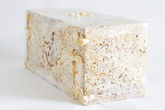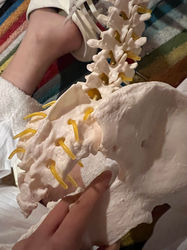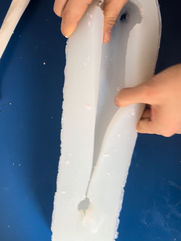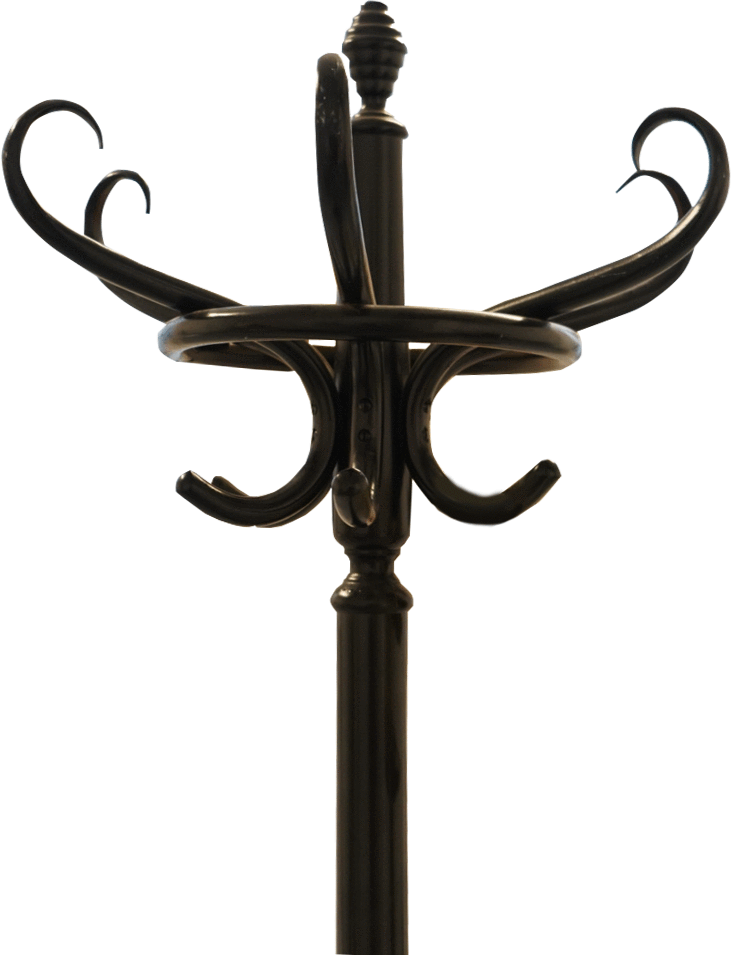

Part of 3:Skeleton
Process
In this chapter, I mainly introduce
1: Material test for bone making
2: The components of "Naked" - the determination
and production of the final skeleton plan
The making of bones is the most difficult part of my Unit 1 project. I have been thinking about what material fits the concept and consciousness of the "group" I hope to express. Fungi are suitable, but if only kombucha is used as a material in the whole work, I think it will make the work look too single.
Growing Pavilion gave me ideas and inspiration when I was looking through the materials and looking for suitable materials
01 Inspiration
Growing Pavilion
Pascal Leboucq & Krown Design
The Growing Pavilion is a temporary events space at Dutch Design Week constructed with panels grown from mushroom mycelium supported on a timber frame.
Designed by set designer and artist Pascal Leboucq in collaboration with Erik Klarenbeek's studio Krown Design at Amsterdam studio Biobased Creations, the temporary pavilion is made entirely from bio-based materials.
The outer panels were grown from mushrooms, with the mycelium in the roots providing strength. These are covered with a coating that is a bio-based product .
The panels were attached to a timber frame, and can be removed and repurposed as necessary. The floors are made from cattail – a type of reed – with interior and exterior benches made from agricultural waste.
The idea of the Growing Pavilion started from the mushrooms, but it became bigger. Everything is built from plants and trees or agricultural waste.
Juliana Lareu
Superpraxis
Juliana Lareu, from Mar del Plata, is the promoter of Superpraxis, an independent architecture studio dedicated to the development of biomaterials from fungal mycelia and bagasse.They placed a fungal refuge at the foot of Cerro Catedral, in Bariloche. They are produced from mushroom mycelia and bagasse , a by-product of craft beer production.
After reviewing the information about mycelium, I think that mycelium is very suitable as the main material of bones in terms of color, texture, plasticity and so on.
02 Growing
I deliberately polluted the growth environment of mycelium, so that some mycelium grew mold. I emphasize the point of view of the group I want to express by increasing the types of bacteria.
03-1 Make Models--experiment
When I made the growth mold for the mycelium, I tried many materials, hoping that the mycelium could grow into the shape of the bone according to the model, but every experiment ended in failure.
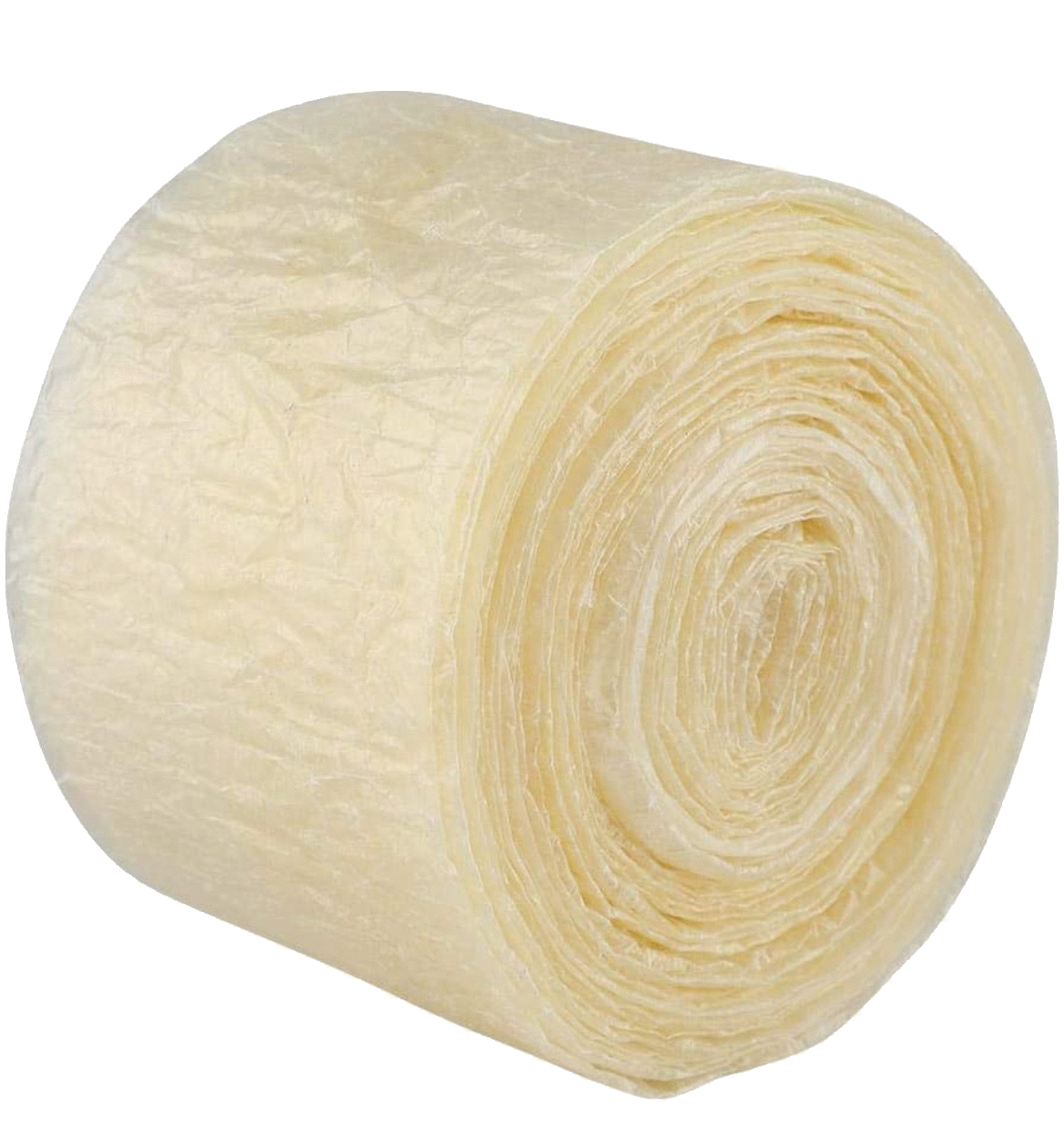
03-2 Make Models--experiment
By chance, I learned about the material of Collagen Sausage Casing from a friend. Its biological properties are relatively tough and not easy to break, and its strong plasticity meets my needs. I wrapped it around the bone mold and molded it with a heat gun. After demoulding, a translucent bone-shaped container is obtained.
Collagen Sausage Casing

I filled the mixture of mycelium and mold into the bone mold made of casings to complete the production of the bone part











